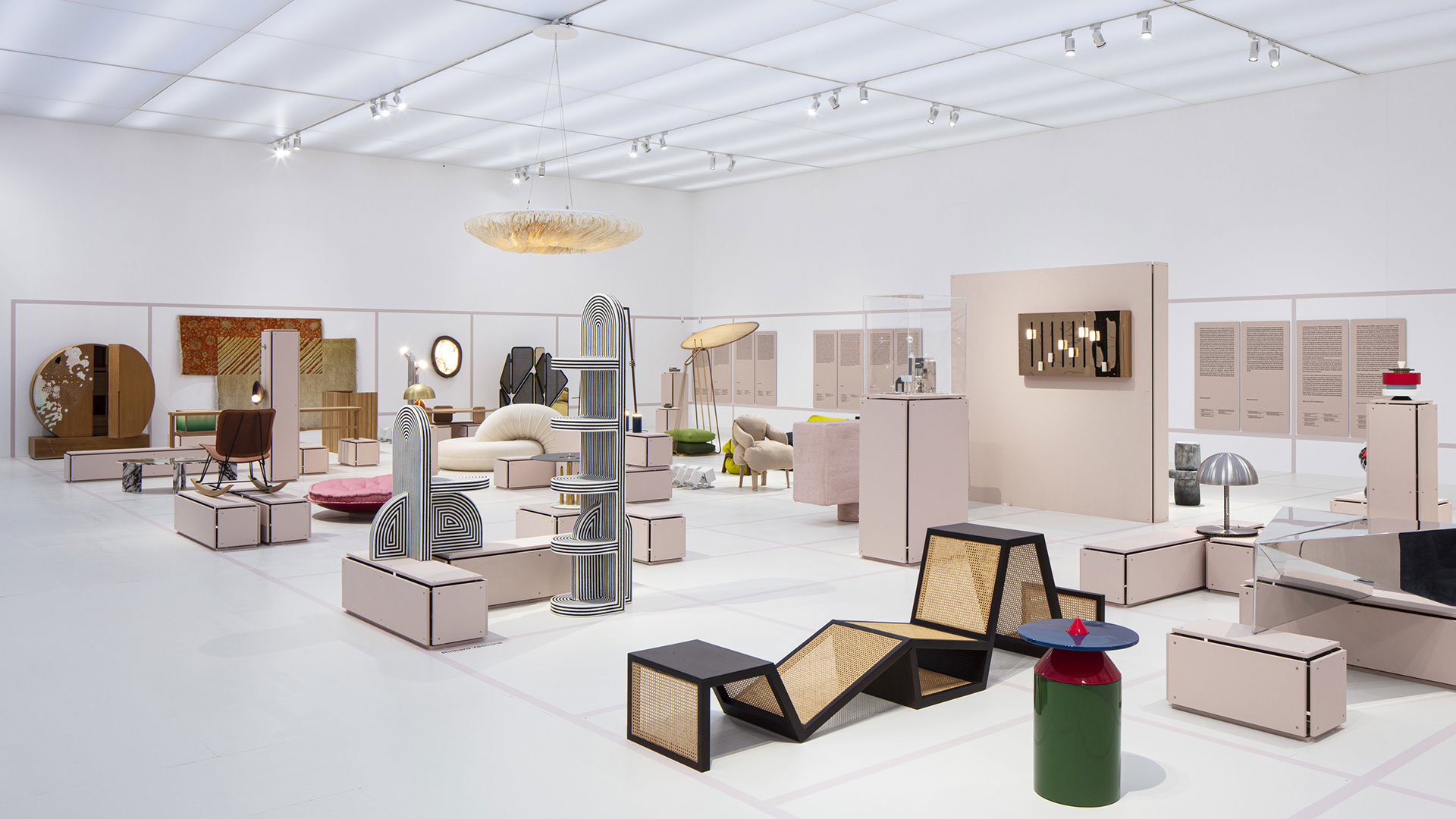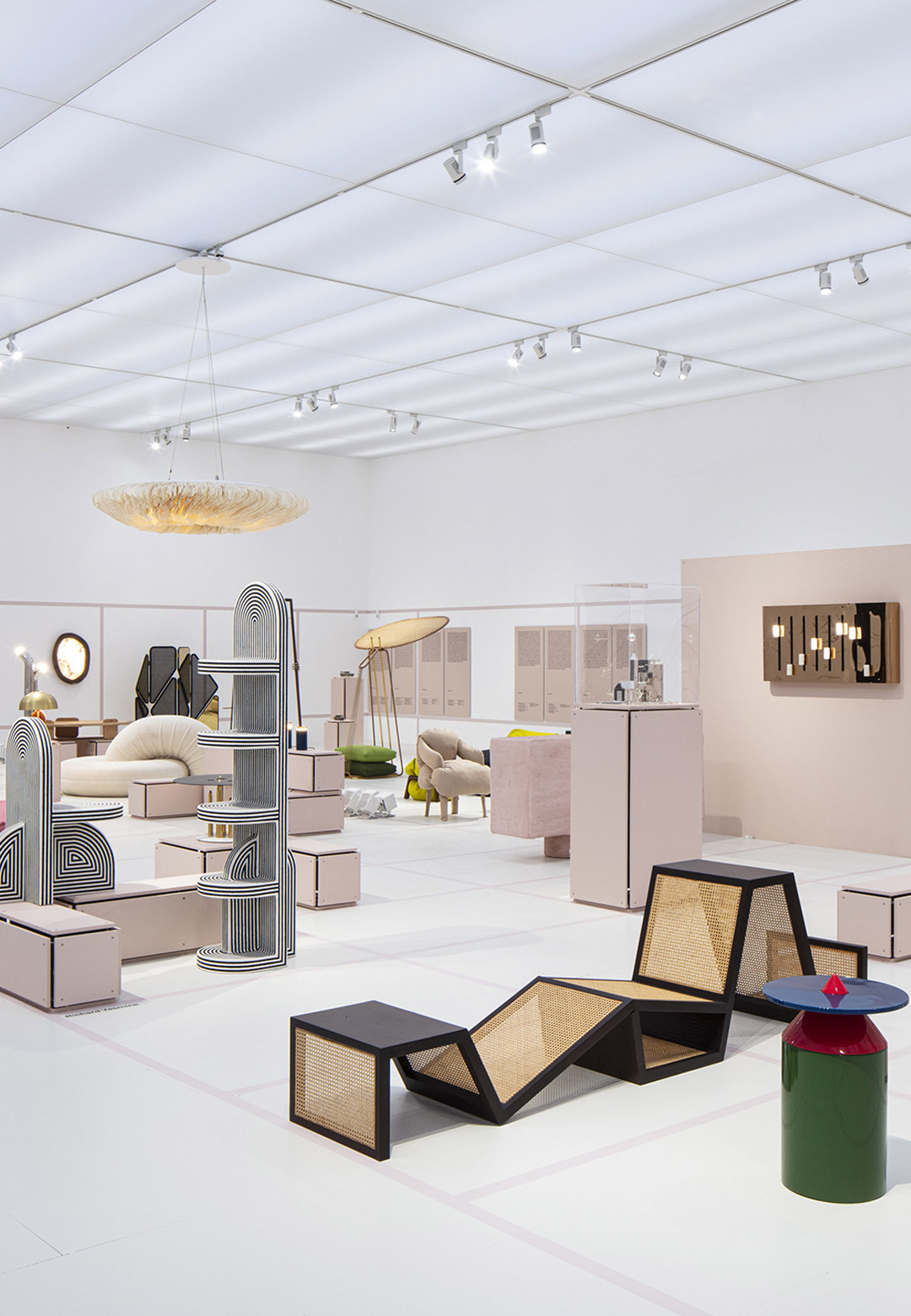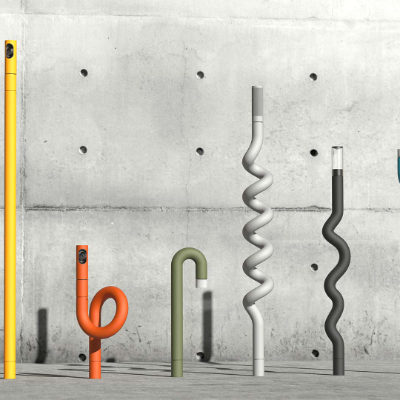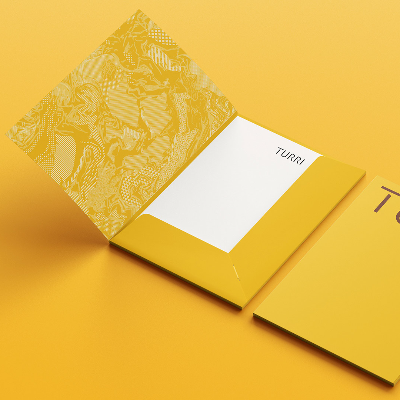“...between Western heritage and Eastern identity, with one foot in the Mediterranean and the other in Asia, Beirut is building its own design culture, transforming its multiculturalism into creative energy,” writes Marco Costantini, art historian and deputy director of mudac, in the foreword of the book Beirut: The Eras of Design. Lebanon’s indomitable resilience as a nation permeates into the history of its capital and largest city Beirut, said to have been destroyed and rebuilt seven times since antiquity. Ensconced at the intersection of the East and the West—a position where its artistic turmoil has simmered since the beginning of 2000s—this land is ‘the Switzerland of the Middle East’ for some and ‘cursed’ for others, but its persistence, a unanimous acknowledgement. Beirut, and the country as a whole, has emanated an undying desire to live despite all and it continues to fuel the imagination of countless creative artists and writers nevertheless. This ode is a memento of not just the resilience but also the exhaustion that escorts it—and the art that entails.
The Museum of Contemporary Design and Applied Arts in Lausanne, mudac, unveils an exhibition and a parallel publication project that dives into the history, the pages of which lay untouched hitherto. Dubbed Beirut. The Eras of Design, the design exhibition seeks to investigate the country’s dynamic design journey, a situation that interweaves economic and architectural reconstruction with social awareness and international development. Design delineates the desire to hold the reins of one’s destiny through objects and forms that not only speak of a multifaceted cultural heritage but also stem from a complex reality. “Beirut: The Eras of Design is a team project and the outcome of many encounters in Lebanon and Europe, over the course of five years. The authors, designers, gallerists, collectors and lending institutions featured in this publication, have all enthusiastically shared their knowledge on the subject,” reads the foreword by exhibition curator Costantini.
Tracing the ebb and flow that defines the development of design in Lebanon, the exhibition cleaves into three parts: the beginnings of the discipline in Lebanon between the 1950s and 1970s, the period between the 1990s to the present day and the Minjara project and its philosophy. On view from April 7 to August 6, 2023, the exhibition is accompanied by a publication to address the various aspects of this emerging scene.
1920-1990: Layers of history and expressions of transformation
To grasp the entirety of the history of design in Lebanon, and precisely Beirut, one needs to develop an understanding of the profound changes that the city has undergone through the 20th century. Through years of dereliction, destruction and rehabilitation, successive layers of history have morphed into the present-day skyline of the city, now a mosaic of architectural and planning landmarks—each expressing the societal transformations it has witnessed. Initially, under French rule (1918-1943), Beirut moulded itself according to the Western model, setting itself apart from most other cities of the Levant. However, the proposed urban development plans failed to take into account the extant urban fabric, benefitting solely the city centre—an indication of denial of identity and prevalence of colonial urbanism.
The duration of the first Lebanese Republic—from 1945 to 1975—is when design began to emerge in Lebanon. The showcase starts by appointing contemporary design against historical frames -- from the 1940s to 1990s. How was design born in Lebanon? What were the most seminal works and who were the creators?
1990-2022: Reclaiming spaces
When the civil war (1975-1990) came to an end, a new start that entailed reconstruction of Lebanon came forth as a priority to strengthen the nation’s appeal and attract investors. With this, design commenced an expedition for reclaiming geographical, economic and creative spaces; Beirut became a creative nerve centre where workshops, galleries, schools, architecture firms, bars and restaurants set up shop.
The specific urban development of the city bore consequences for the creators and gentrification spread rapidly owing to a complete lack of urban planning. In the current day, design is undeniably a major stakeholder in creation and must be considered—both historically and from a contemporary perspective—as a propeller for the development of a micro-economy. Hence, around the first decade of the 2000s when the Corniche al-Nahr, Quarantine, Gemmayze, Mar Mikhael and Badaro projects were taking shape along with the development of creative centres, the desire for design rekindled.
Organisations began to sprout in the 2000s aiming to structure a new field of design. The early 2010s experienced a zenith of the positive dynamics of design and alongside galleries such as the XXe Siècle gallery and Carwan Gallery, a number of fairs such as Beirut Art Fair and Beirut Design Week were established. In 2017, the first design fair entirely dedicated to design in Beirut, Beirut Design Fair, was born. It was dedicated to modern and contemporary furniture design and objects in limited edition. Moreover, a design department was created in 2012 within the Lebanese Academy of Fine Arts—the first in the Middle East to consider design as a discipline.
The second part of the exhibition space offers glimpses of each of these compartments of history through a repository of diverse creations by 14 designers. From the initial handful of designers in the city that included Karen Chekerdjian, Nada Debs, Karim Chaya and Marc Baroud, the dialogue extends to designers such as Carlo Massoud, Richard Yasmine and 200Grs. Intriguing table designs, geometric chair designs and other singular functional and sculptural objects nudge the viewers to contemplate societal evolution through the lens of a creative one.
Minjara Tripoli: A tryst of heritage and innovation
The third and final section of the exhibition sheds light on the Minjara project, an initiative that calls for preservation of Lebanon’s woodwork heritage. Minjara—derived from the Arabic word for ’carpentry’—fosters dialogue between traditional craftspeople and contemporary designers in the spirit of innovation. The project, set in motion in collaboration with the European Union, aspires to support the wood industry that was collapsing in Tripoli—the hub of Lebanese furniture and craftsmanship—due to sectarian clashes. Taking harbour since 2018 in a spacious building designed by Oscar Niemeyer, the Minjara platform offers a place for creation, training and synergy.
Following the explosion on August 4, 2020, Minjara mustered local craftspeople and volunteers to develop a temporary door system for Beirut residents to regain a minimum of security. Minjara, therefore, is not merely a showcase of Lebanese know-how and a space for interaction and reinvention, but also a torchbearer of solidarity.
A manuscript of the (un)documented
Before this exhibition project, no study this elaborate has been carried out on the history of design in Lebanon, from the country’s independence in 1943 to the present day. This extensive project encompasses the exhibition and a publication in French in English that delves in detail into the three segments assembled in the show. Beirut. The Eras of Design aims to sew the extant gap in research, presenting the state of design based on extensive documentation while acknowledging that some sections remain sparsely documented due to the disappearance of large parts of archives—assessing the context that carves the present-day Beirut as a creative city undeterred by its often turbulent environment.
'Beirut. The Eras of Design' will be on view from April 7 to August 6, 2023, at the Museum of Contemporary Design and Applied Arts in Lausanne, Switzerland.






 Sign in with email
Sign in with email








What do you think?